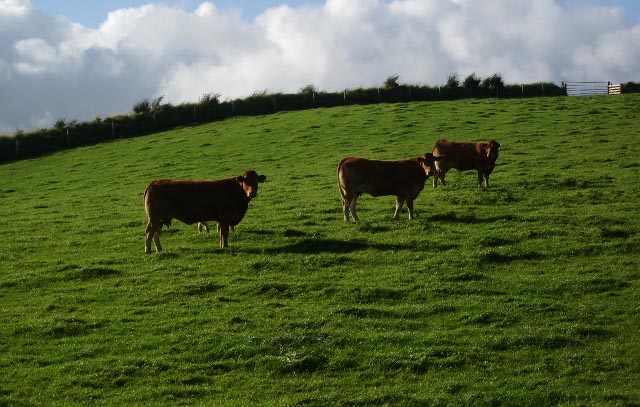
One in five British cattle that were sent for slaughter in 2012 had their livers condemned as a result of damage caused by liver fluke, according to the latest figures released by the Food Standards Agency.
Given the weather conditions last year, the percentage of livers condemned was down slightly, with GB figures showing that fluke was identified in 19.43% of cases compared to 22.20% in 2011.
However, Merial Animal Health Veterinary Adviser Fiona MacGillivray warned that there is no room for complacency.
“These figures still show that one in every five cattle in GB was suffering from liver fluke,” she said, and indeed if we consider figures for Wales and Scotland respectively nearly one in four (24%) and nearly 3 out of every 10 cattle (28.92%) had their livers condemned due to liver fluke . “This represents a huge loss to the industry. Indeed, EBLEX have just calculated the financial impact of the parasite on the cattle industry as in excess of £31,000,000. Whilst infected cattle often show no overt clinical signs, they require more feed and take longer to finish.”
“In addition, recent information from the NADIS Parasite Forecast has indicated that there is likely to be an increased risk of liver fluke infection during the coming months. This is due to the bad weather we had at the end of last year, which will have resulted in high levels of pasture contamination.”
For the first time the FSA has provided information on the English regions, as well as Scotland and Wales. Fluke has traditionally affected the western parts of England and this is reflected in the figures with the North West (18.9%) and South West (17.86%) being higher than the eastern parts - South East (10.57%) and North East (12.66%).
However, Fiona says: “Years ago fluke infection was virtually unknown in these eastern areas of England, but the wetter, warmer weather, and the movement of cattle from west to east has seen fluke become well established and an increasing problem.”
By giving a fluke treatment to grazing cattle post-turnout, fluke egg output can be minimised and the risk of infection later in the season reduced. Such a treatment will also remove fluke from the animal and improve live weight gain from the farmer’s cheapest source of feed. Animals treated at grass for fluke and worms have been shown to give a 31% increase in weight gain over untreated animals and an 8% increase over those that were treated only for roundworms.
As it takes approximately 10 weeks from cattle becoming infected at pasture to the stage where fluke are adult and egg-laying in the liver, treatment should be given 8 to 10 weeks after turnout. Treatment at this time will remove fluke, reduce egg output and decrease pasture contamination. This timing also ties in with the planned worming treatment programme on most farms.
